PIP is among the most popular package managers for Python. This article will discuss how to Install PIP on macOS systems. Third-party libraries and packages are the main assets of the Python programming language. The standard python itself does not have many libraries and packages for the developers. As such, third-party libraries and packages give a boost to python programming.

Python is well known for its simplicity and ease, that’s why it also makes sure that you can easily install any third-party package and/or library for your project just by writing a simple one-line pip command. In python, you do not need to manage any of the installed packages, PIP will take care of everything.
What is PIP?
PIP stands for “Preferred Installer Program” and it is a command-line utility that helps you to manage your python third-party packages. By using the pip command, you can install, reinstall, update, and uninstall the PyPI package.

If you want to install popular third-party packages, such as NumPy, pandas, and TensorFlow for your project, you just need to open the command prompt or terminal on your system and type the pip install command to install any package or Library which are at PyPI.
What is PyPI?
PyPI stands for “Python Package Index” and it is the official central library for all the python packages, which means it consists of all the registered and licensed python packages. PIP itself uses PyPI as the source to install all the python packages. By now, PyPI has more than 130,000 packages on its repository.
How Do I Install Python PIP?
If you are using the Python 2.7 (or greater) or Python 3.4 (or greater) versions of python then you do not need to install PIP, because Python comes with a compatible version of PIP by default.

How to check the version of python installed on my system?
Open your terminal (macOS) and write this command:
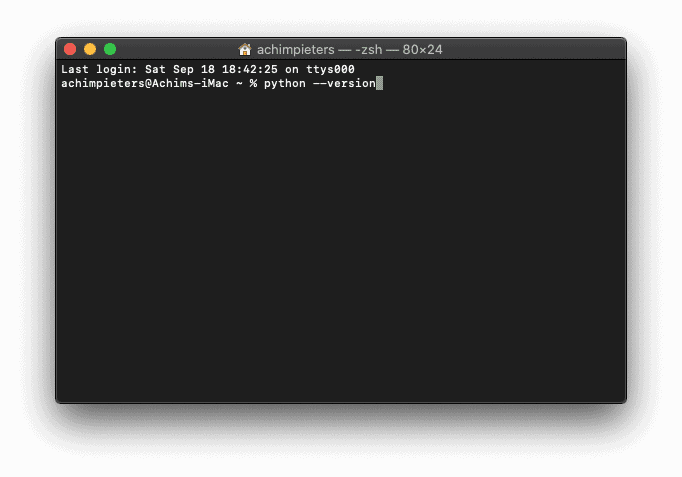
How to check the version of pip installed on my system?
Open the terminal (macOS) and enter the following command:
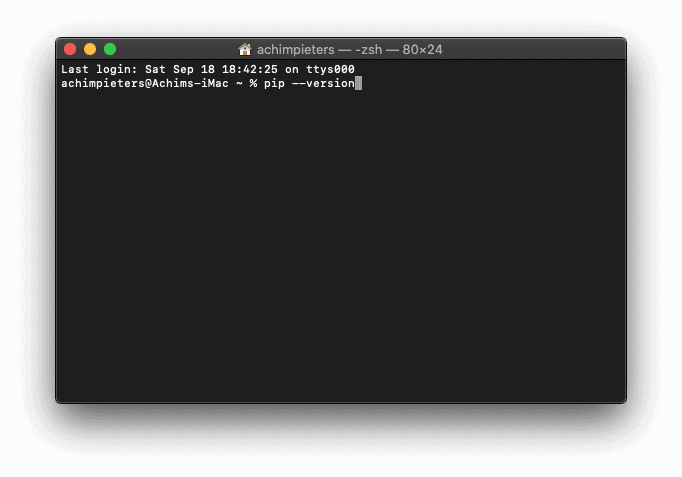
Please note that you need to install pip separately only if you are using an old version of the Python programming language. If you are doing so, we highly suggest you to download the latest version of Python.
If you are using a virtual environment and want to use the old version of Python and pip then you have to install PIP separately.
How to Install pip on macOS?
macOS is the only operating system that comes with the preinstalled, latest version of python and pip. But if you have the old version of python and want to install pip on your macOS, you just need to write a simple terminal command to install pip for the corresponding version of installed python. This command is:
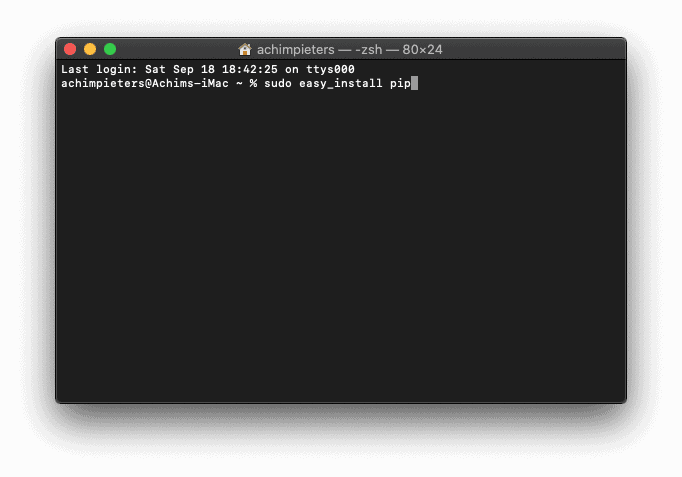
These are some of the most widely-used Python PIP commands:
| Pip Command | Description |
| pip install <package_name> | Install package |
| pip download <package_naem> | Download package |
| pip uninstall <package_naem> | Uninstall packages |
| pip freeze | Output installed packages in requirements format. |
| pip list | List installed packages. |
| pip show | Show information about installed packages. |
| pip check | Verify installed packages have compatible dependencies. |
| pip config | Manage local and global configuration. |
| pip search | Search PyPI for packages. |
| pip wheel | Build wheels from your requirements. |
| pip hash | Compute hashes of package archives. |
| pip completion | A helper command used for command completion. |
| pip debug | Show information useful for debugging. |
| pip help | Show help for commands. |

Upgrade and Downgrade pip version
After installing the pip we can upgrade and downgrade it to a specific version. With python -m pip install –upgrade pip command we can upgrade our pip to the latest version.
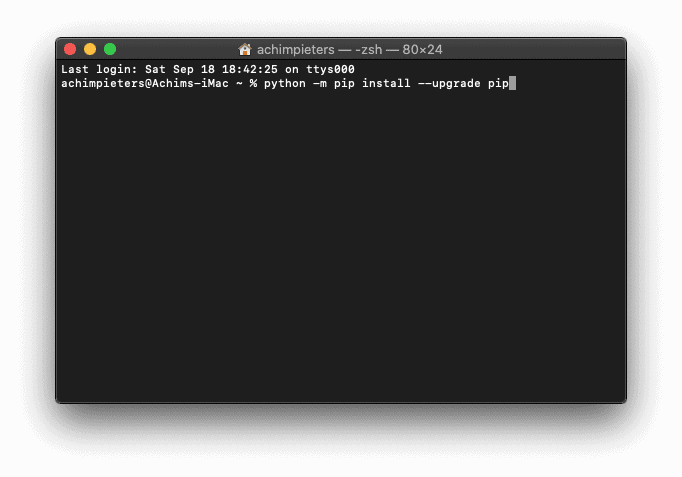
We can also downgrade and upgrade the of our pip by specifying the version.
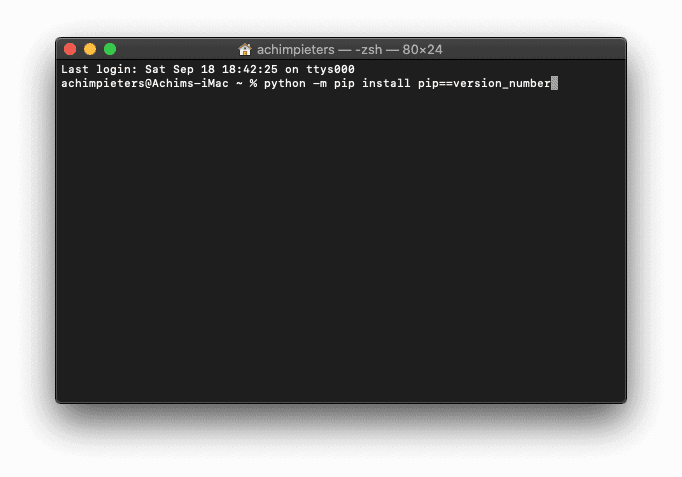
Conclusion
Long story short, you do not need to install pip if you have the latest version of Python. If pip is not functional on your system just reinstall Python, if possible, download the latest version. It might solve the PIP problem. Moreover, it’s highly suggested that rather than installing pip separately, install the latest version of python that already comes with a pre-installed PIP. If you like this article and have any suggestions feel free to comment down below.

Reference:
Python, pip in Python installation, https://www.python.org Techgeekbuzz, How to Install PIP on Windows, macOS, and Linux, https://www.techgeekbuzz.com/how-to-install-pip-on-windows-mac-and-linux